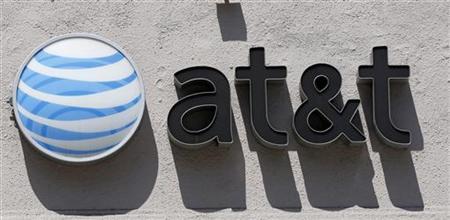
AT&T Inc plans to start testing new wireless network devices known as "small cells" later this year hoping to boost its network coverage, a top executive for the telephone company said on Tuesday.
AT&T Inc plans to start testing new wireless network devices known as "small cells" later this year hoping to boost its network coverage, a top executive for the telephone company said on Tuesday.
 |
John Donovan, executive vice president for technology and network operations, said that if the tests go well the operator could use the equipment to improve in-building coverage or outdoor coverage by attaching the small cells to places like the side of lamp posts.
The idea is that placing such devices between the company's much bigger broadcast towers, known as macro cells, would make better use of its wireless airwaves and improve capacity.
"Later this year and into next year we'll be piloting it." Donovan told Reuters on the sidelines of a technology panel at the CTIA annual wireless conference.
"It's another tool in the tool kit," said Donovan, adding that the company is in need of more network capacity to support increasing demand for data services by consumers using devices such as smartphones and tablet computers.
AT&T argued last year that it urgently needed to buy T-Mobile USA to boost its spectrum holdings and improve its network capacity. U.S. regulators blocked the deal.
During a panel discussion, Donovan emphasized the need for better network management to support bandwidth hungry traffic such as video.
"Video is at the heart of that consumption," Donovan said. "We need to behave like a video delivery network ... We have to come to the realization we'll be doing video delivery whether we're getting paid for it or not."
He talked up the idea offering services like 1-800 numbers for data.
The idea would be that a content provider such as a website offering video would pay the operator to allow consumers access its site instead of having consumers -- who now pay for data services based on how much they use -- bear all the cost.
Yet while he complained about the worry of having enough capacity to support existing services Donovan also noted the importance of future services where devices can connect to each other or online services without human interaction.
For example Donovan said, "An umbrella should be an interactive thing." He suggested a scenario where wirelessly connected umbrellas could glow if rain is on the forecast.
"I shouldn't have to check the weather when an umbrella can do it," he said.
(Source: AT&T)





